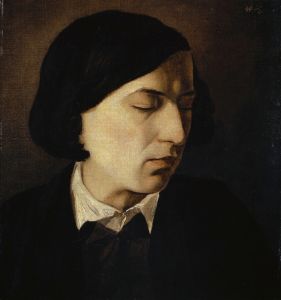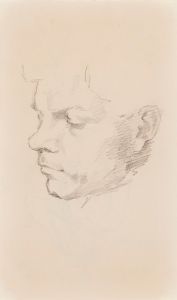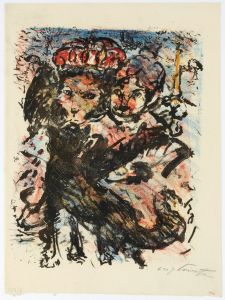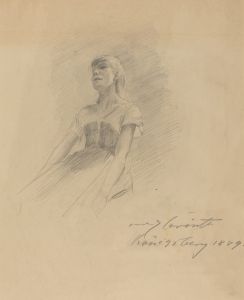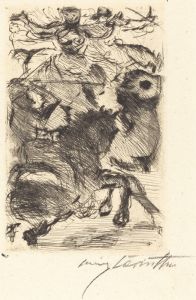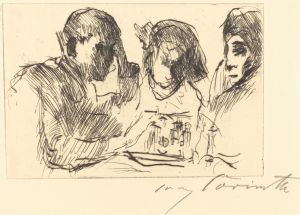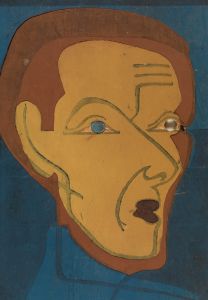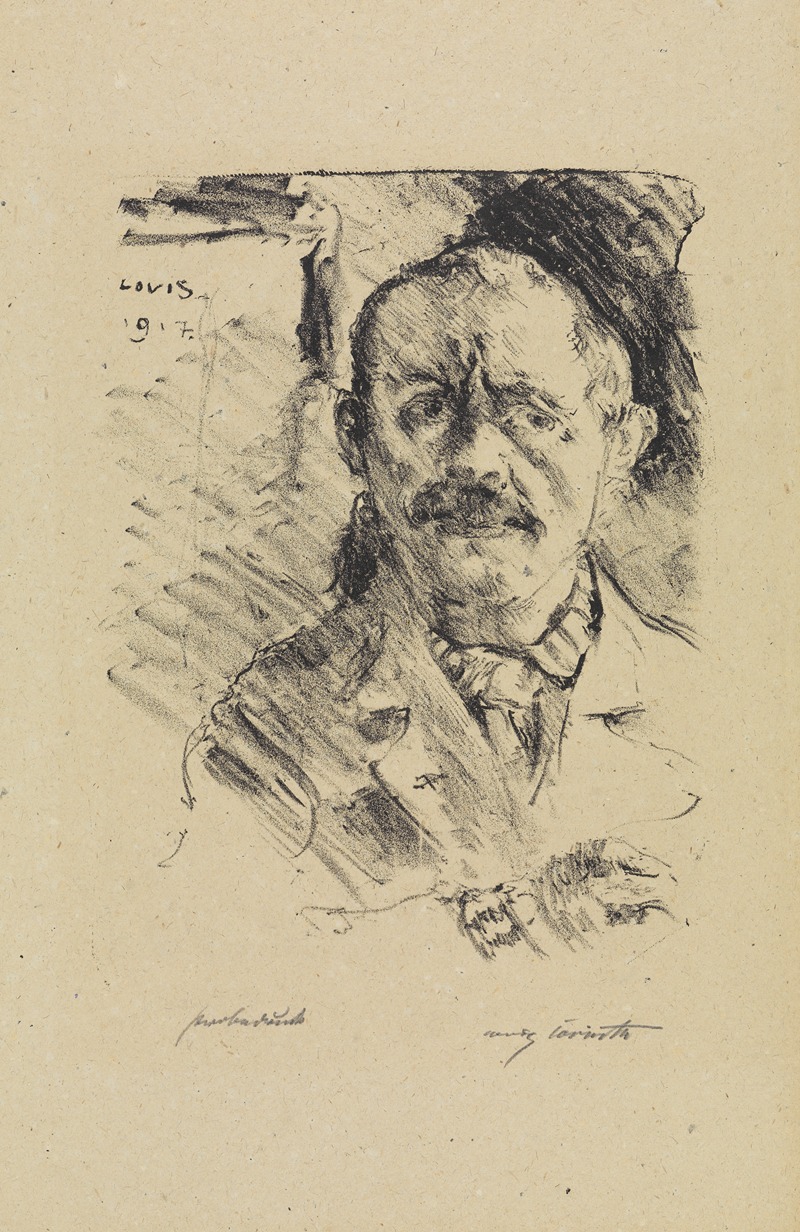
Selbstbildnis
A hand-painted replica of Lovis Corinth’s masterpiece Selbstbildnis, meticulously crafted by professional artists to capture the true essence of the original. Each piece is created with museum-quality canvas and rare mineral pigments, carefully painted by experienced artists with delicate brushstrokes and rich, layered colors to perfectly recreate the texture of the original artwork. Unlike machine-printed reproductions, this hand-painted version brings the painting to life, infused with the artist’s emotions and skill in every stroke. Whether for personal collection or home decoration, it instantly elevates the artistic atmosphere of any space.
"Selbstbildnis" (Self-Portrait) is a notable painting by the German artist Lovis Corinth, created in 1924. Lovis Corinth, born on July 21, 1858, in Tapiau, East Prussia (now Gvardeysk, Russia), was a prominent figure in the German art scene and a leading member of the Berlin Secession. He is known for his contributions to both Impressionism and Expressionism, and his works often exhibit a blend of these styles.
The painting "Selbstbildnis" is one of Corinth's many self-portraits, a genre he frequently explored throughout his career. This particular self-portrait is significant as it was created during the later years of his life, a period marked by personal and artistic transformation. In 1911, Corinth suffered a stroke that left him partially paralyzed on his left side. Despite this, he continued to paint, adapting his technique to accommodate his physical limitations. This resilience is reflected in the intensity and emotional depth of his later works.
"Selbstbildnis" captures Corinth's visage with a raw and unflinching honesty. The painting is characterized by bold brushstrokes and a vivid color palette, typical of his mature style. Corinth's face is rendered with a sense of immediacy and directness, conveying both his physical presence and psychological state. The self-portrait reveals the artist's confrontation with his own mortality and the effects of aging, themes that became more pronounced in his work following his stroke.
In this self-portrait, Corinth's expression is contemplative, and his gaze meets the viewer's with a mixture of defiance and introspection. The background is relatively simple, ensuring that the focus remains on the artist's face and upper body. The use of light and shadow in the painting adds to the dramatic effect, highlighting the contours of his face and the texture of his skin.
Lovis Corinth's self-portraits are often seen as a means of self-exploration and self-assertion. They provide insight into his evolving self-perception and his response to the challenges he faced. "Selbstbildnis" from 1924 is a poignant example of this introspective journey, offering a glimpse into the mind of an artist who continued to create despite significant adversity.
Corinth's work, including "Selbstbildnis," has been widely exhibited and is held in high regard within the art community. His ability to merge technical skill with emotional depth has earned him a lasting legacy in the history of art. Today, his paintings can be found in major museums and collections around the world, where they continue to be studied and admired for their contribution to modern art.
In summary, "Selbstbildnis" by Lovis Corinth is a powerful self-portrait that encapsulates the artist's resilience and introspection during the later years of his life. It stands as a testament to his enduring spirit and his ability to convey profound human experiences through his art.





